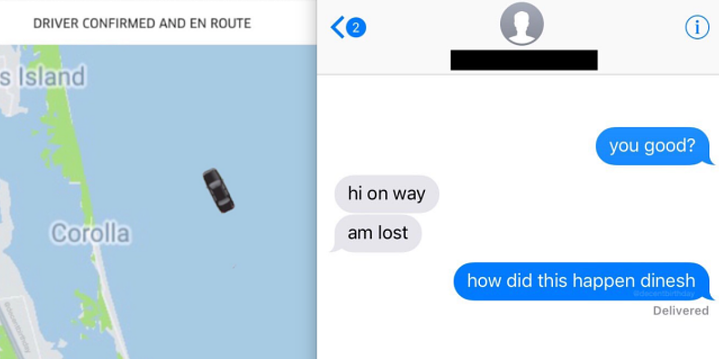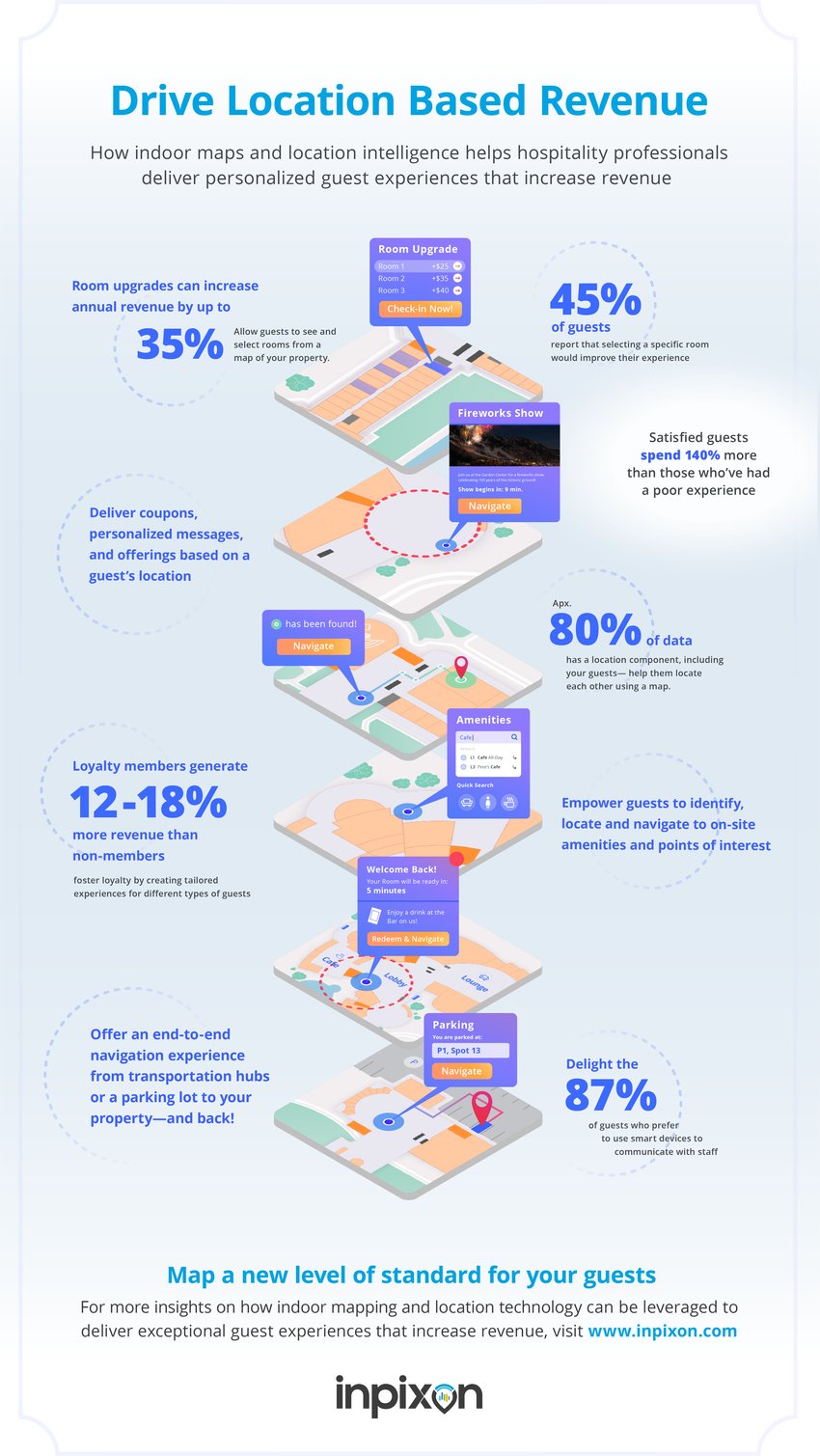If you think of all of the movie plots that have relied on a hero placing a GPS tracking chip on a person or a car to follow them, how frequently are their plans foiled when the target goes underground or into a building? Even on our own personal devices, there are endless comical tales and memes featuring screenshots of asset tracking gone ‘not quite right'.

Have you ever wondered why this happens? Where does the tracking go wrong? How did the villain get away? Essentially, GPS technology requires a line of sight between the tracking device and the satellite being used for positioning. When that line of sight is broken by a building or other structures, the signal is lost, and you end up with blue dots all over the map.
But that doesn’t need to happen. Today, organizations have the ability to visualize and track the location of static and moving assets by combining data from Indoor Positioning Systems (IPS) with indoor maps. You can also display attribute information for assets and easily navigate to them. While there are whole websites dedicated to ‘GPS Fails’, we like to focus on the ‘IPS Wins’. Here are three examples of indoor asset tracking working in the real world.
Hospital wheelchair tracking
Hospital wheelchair tracking is more than a nice-to-have - it’s an important cost savings measure. Hospitals have reported an annual attrition rate of up to 25% for lost and stolen wheelchairs. The repercussions impact operations, workflows, and patient experiences. From the resulting loss in personnel productivity as staff waste valuable time searching for wheelchairs to the inevitable negative impact on patient experience, wheelchairs missing in action have significant time, financial, and experience costs.
Wheelchair tracking in hospitals using indoor maps and asset tracking saves healthcare facilities time and money: An asset tracking win.
Find colleagues quickly at work
Imagine needing to find your manager to get a signature ASAP, and being able to see their location on a map of your building. Indoor location sharing can be a great workplace facilitator, as Desjardins, North America’s largest federation of credit unions, discovered when they built their employee app with location sharing capabilities. Desjardins’ app allows users to, on an opt-in basis, connect with friends or establish a short term connection with their colleagues for a 30 minute window.
Indoor asset tracking in the digital workplace leads to collaboration and productivity wins for enterprise organizations.
Keep track of your kids on vacation
In recent years, the hospitality industry has started to adopt location-aware technologies, and one of the most important assets to track when you’re on vacation is your children. For families travelling with young children, one of the most stressful parts can be knowing where their children are at all times. With asset tracking, children can wear a unique identifier bracelet or necklace, enabling parents to monitor their location on a hotel or cruise line’s map-enabled app.
When location-aware indoor mapping technology enables effective child monitoring and safety solutions, we consider that the ultimate indoor asset tracking win.

The landscape of indoor asset tracking is undergoing great growth and change, and these are just a few examples of how indoor maps and asset tracking are changing the way we live, work, and play indoors.

